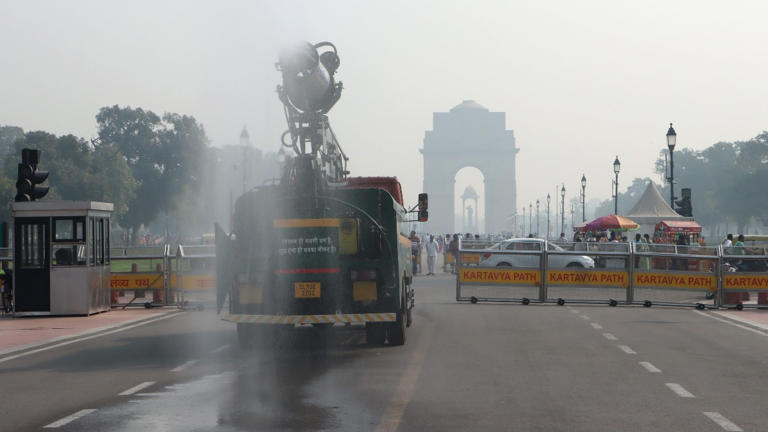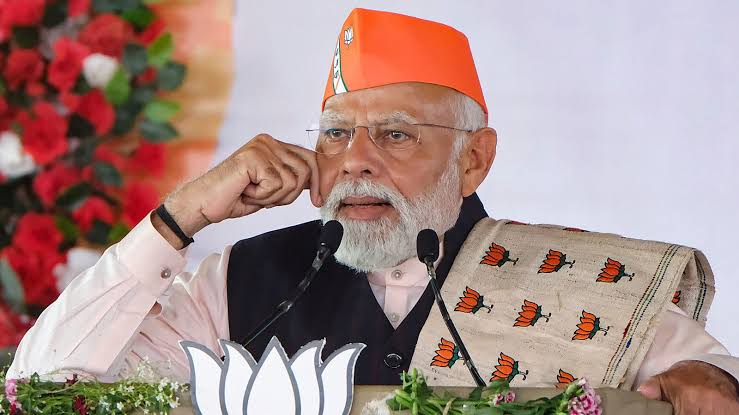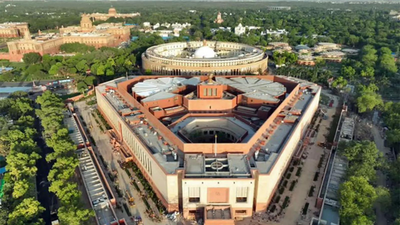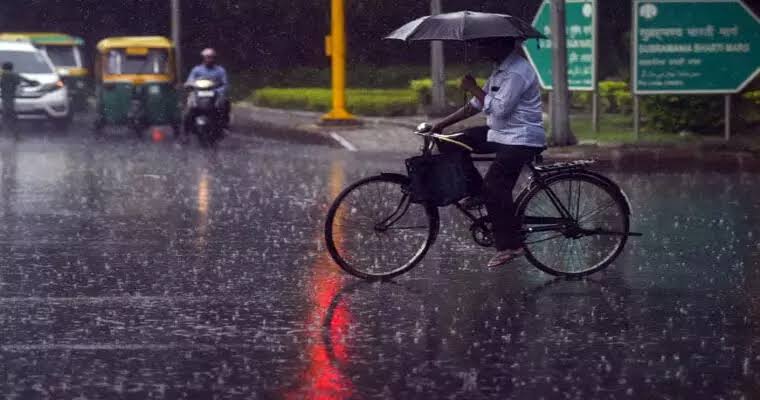Delhi’s air quality plummeted further as the Air Quality Index (AQI) reached hazardous levels across multiple areas. Some locations, like Anand Vihar, recorded AQI readings above 600, marking the season’s worst so far. The PM2.5 concentration in Delhi currently stands at 59 times the World Health Organization’s safe limit, posing severe health risks, including respiratory and neurological impacts.
 In response, the Delhi government announced the deployment of 200 mobile anti-smog guns to combat dust pollution, operating across the city in three eight-hour shifts. Environment Minister Gopal Rai emphasized that teams are targeting pollution sources such as dust, vehicular emissions, and biomass burning. While stubble burning contributed less to the pollution this year, other factors have caused a severe air quality deterioration.
In response, the Delhi government announced the deployment of 200 mobile anti-smog guns to combat dust pollution, operating across the city in three eight-hour shifts. Environment Minister Gopal Rai emphasized that teams are targeting pollution sources such as dust, vehicular emissions, and biomass burning. While stubble burning contributed less to the pollution this year, other factors have caused a severe air quality deterioration.




